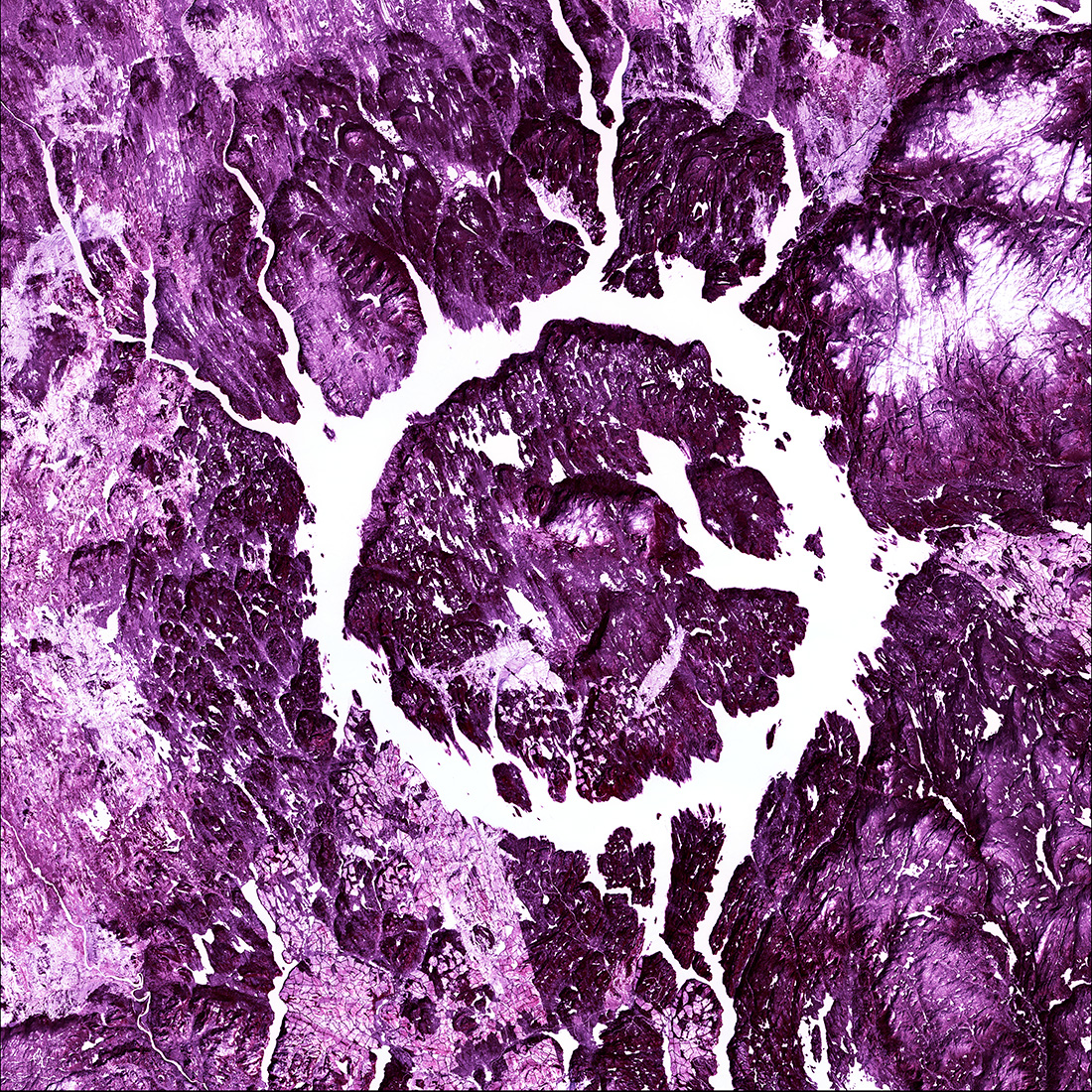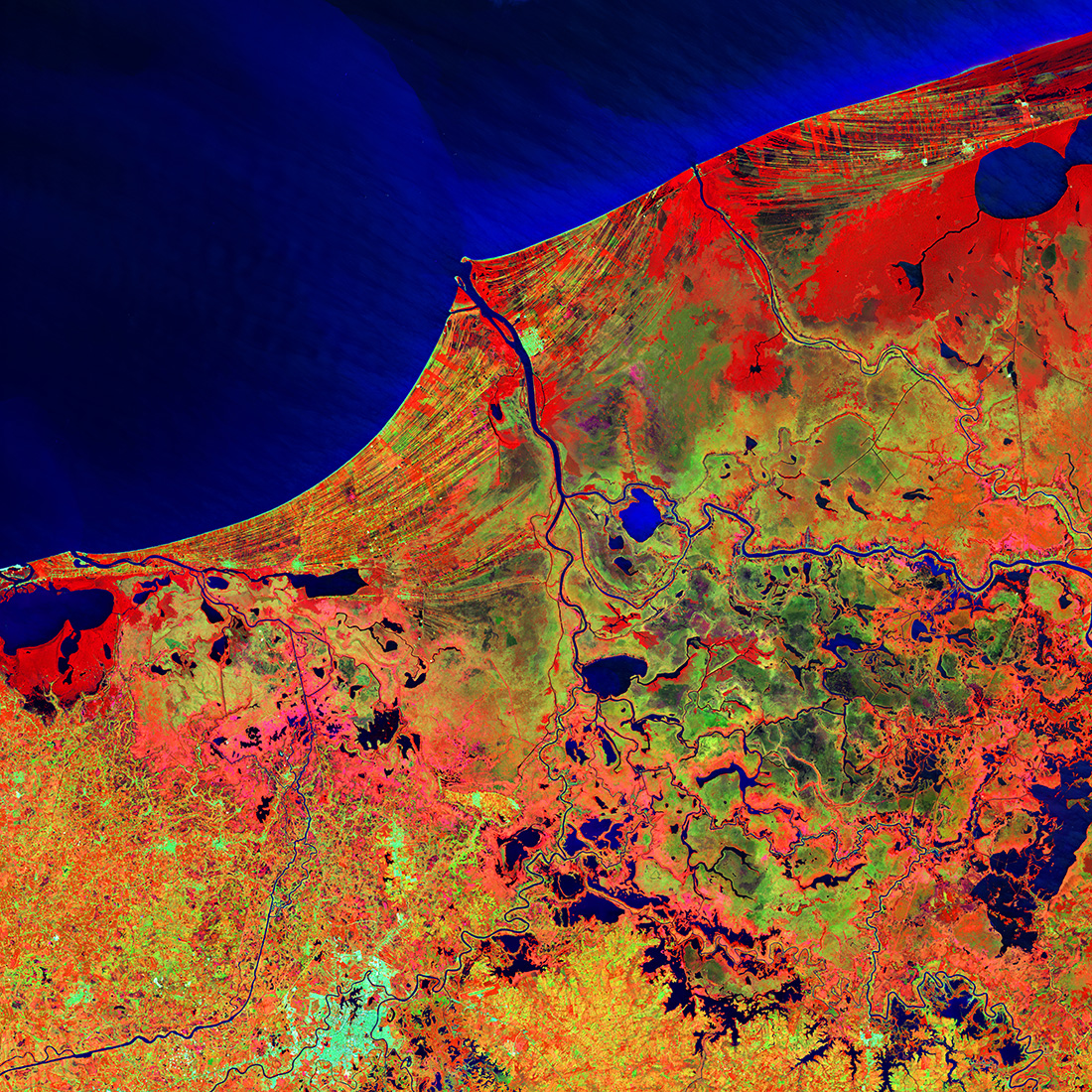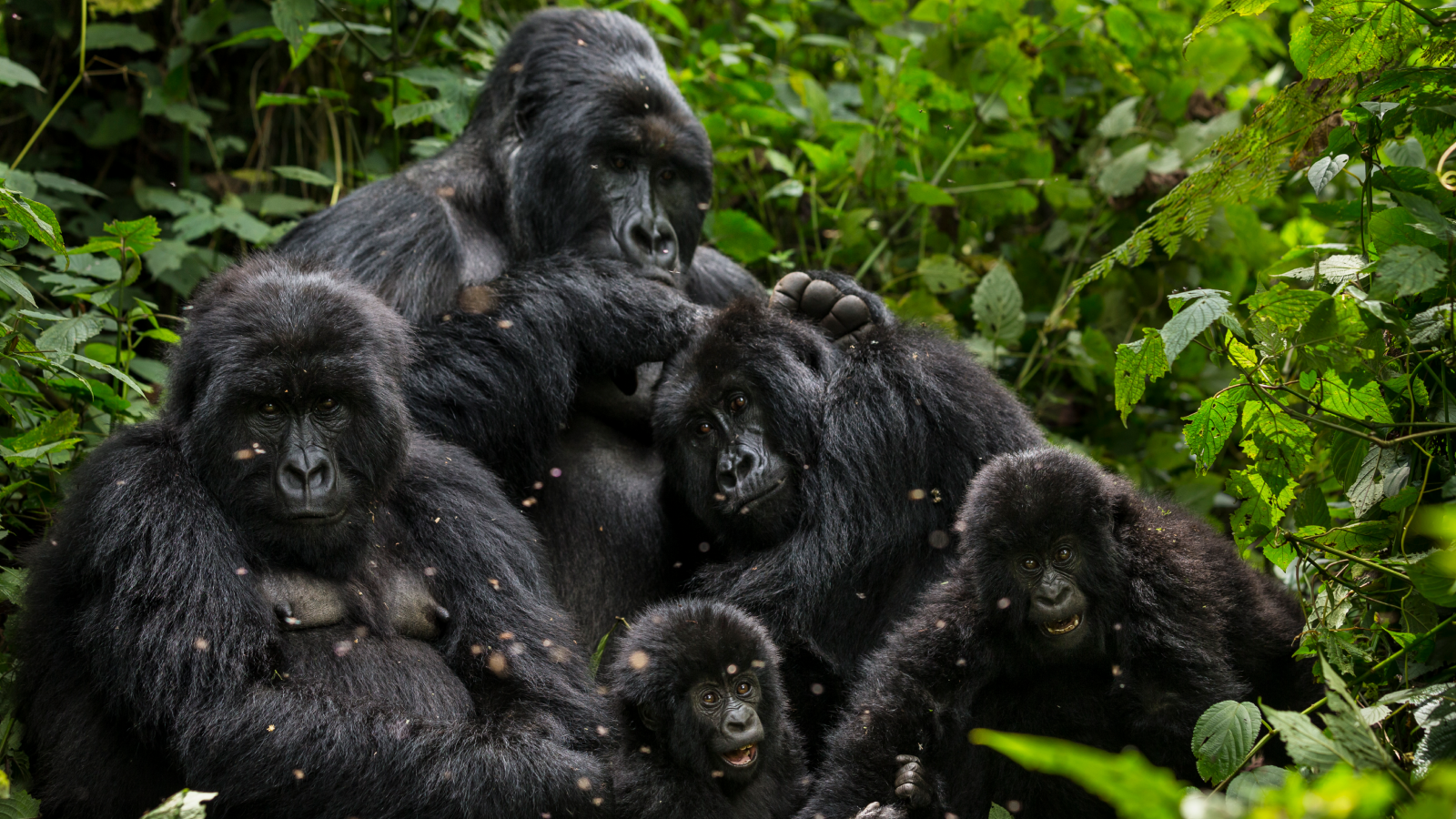Photos: Artistic Views of Earth from Above
Nature's Patterns

Mangroves stand out as dark-green shading along the fingers of the Ord River in Australia in this satellite image. Captured on May 12, 2013, the image shows flowing sediment and nutrients in this tropical estuary, and even an area of mudflats (bright spot at the lower left) inhabited by saltwater crocodiles, according to the USGS.
Putrid Sea

Putrid? Well, looks can be deceiving. Microalgae sprout up in Sivash — a network of lagoons formed at the neck of the Crimean Peninsula between the Black Sea and the Sea of Azov, according to the USGS. Not only do the microalgae create a colorful scene, they also produce a rotten smell in some of the lagoons; hence, Sivash got the nickname of "putrid sea." The Landsat-8 image of the putrid sea was captured on Sept. 5, 2014.
Canyonlands

The Green River and the Colorado River meet in Canyonlands National Park in Utah. The Colorado River carved out the dramatic desert scape in Canyonlands, which is full of diverse features like canyons, arches and odd rock formations, according to the USGS. On the right side of this image, taken on March 29, 2015, Mount Waas can be seen in light blue.
Eye of Quebec

At 40 miles (65 km) across and an age of 214 million years, Lake Manicouagan, Canada, is one of the Earth's largest and oldest known impact craters. Sometimes called the Eye of Quebec, the lake and island can be seen clearly from space on March 28, 2015, USGS reported.
Cloud Lightning

This isn't an image of lightning, though it looks to be. Rather, a dry landscape of rocky buttes in southern Utah and northeastern Arizona creates the electric view. Comb Ridge, a monocline or "a jagged fold in Earth's crust," can be seen at the top of the image, which was captured on Oct. 4, 2014.
Contrails

Airplane contrails cut across the southern California Mojave Desert on April 3, 2015. Contrails form when water vapor condenses and freezes around small particles in the aircraft exhaust, according to NASA. In this image, shadows from the contrails cast dark lines on the ground.
Earth's Aquarium

When tiny organisms called phytoplankton gather in large numbers, the result can be beautiful, as was the case on Sept. 22, 2014 in the Bering Sea. When the gathering gets big enough, the resulting green and blue swirls are visible from space. White clouds also appear as bubbles in this image.
Get the world’s most fascinating discoveries delivered straight to your inbox.
Cellular Ice

"The ice surrounding the northern Canadian Spicer Islands, shown in bright red, resembles a cell, complete with ribosomes, mitochondria and a nucleus. Even though the image was captured shortly after the first day of summer in the Northern Hemisphere, the islands are locked in ice," the USGS said. The image was captured on June 24, 2014.
Mexico's Biosphere

The Reserva de la Biosfera Pantanos de Centla, a biosphere reserve in southern Mexico can be seen in this satellite image taken on Feb. 20, 2014. A light-blue brushstroke at the top of the image is the sediment carried by the Grijalva River flowing into the Gulf of Mexico.
Petermann Glacier

Petermann Glacier, on the coast of Greenland, covers an area of 500 square miles (1,295 square kilometers). The glacier's floating tongue extends from the lower-right corner of the image toward the top center. The red-brown hues indicate bare ground. The image was taken on June 24, 2014.



